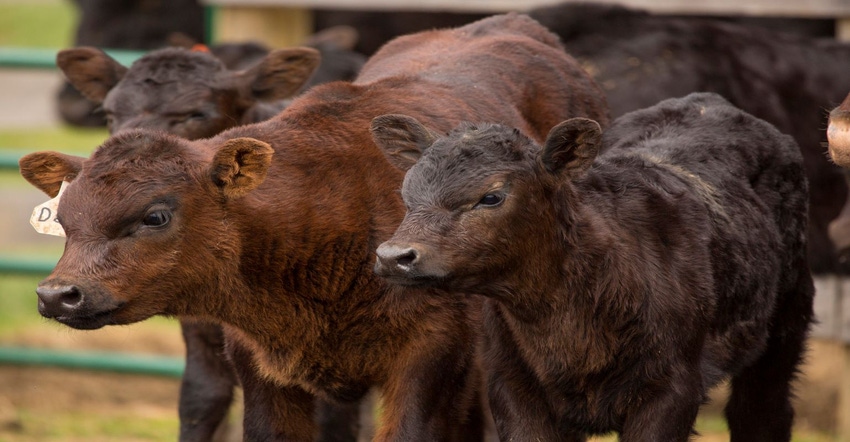March 1, 2022

First it was just drought, now we have war in eastern Europe. On the 24th of February Feeder Cattle futures markets were down over $4 for most months, Live Cattle were down over $2. Corn and wheat were up over $0.50/bushel. The futures market jitters have given a lot of us more to worry about.
Producers have asked about keeping calves through these low markets until prices improve, whether this is possible or advisable depends on the ability to lock in prices to control the risk of further price erosion. There are several ways that cattle can retained to delay marketing, and the recommendation of which production system to use depends on several factors related to the size and type of cattle, available resources, and producer risk tolerance. By the end of February, growing cattle should have some grazeout wheat available since we have gotten moisture from our winter storms and temperatures are warming up. With wheat futures over $9/bushel, will the wheat intended for grazeout earlier in the year still be grazed? To harvest a grain crop the calves will need to be coming off pasture within a few weeks. If markets haven’t recovered and producers want to keep them longer, we have a few options for retaining ownership and adding further value.
Larger cattle kept on grazeout wheat, weighing over 650 pounds, should not be held over on warm season grass. On grazeout wheat pasture, these calves often gain over 2.5 pounds per day. Over the years, cattle on grazeout wheat pasture studies conducted in Oklahoma and Arkansas report gains from 2.2 to 3.3 pounds per day from late February to early May (65 to 80 days). These cattle can gain 150 to 250 pounds and should go to the feedyard, weighing 800 to 900 pounds. Calves from research recently discussed in this column from Arkansas were placed on feed at 880 pounds following an extended wheat grazing program. These cattle gained 3.4 lbs/day during finishing and weighed 1283 pounds at slaughter. In another Arkansas trial, yearlings fed after wheat pasture gained 4.9 lbs/day and were slaughtered at 1323 pounds. These two sets of cattle provide a range of performance expectations from about average to much better than average.
A summary of yard closeouts from Hitch Enterprises shows that steers weighing 900 pounds when entering the feedlot were slaughtered at 1,466 pounds, were on feed for an average of 142 days, gained 3.78 lbs/day, with 6.38 pounds of feed required per pound of gain. Lighter steers weighing 700 pounds were on feed for 183 days, gaining 3.48 pounds per day, required 6.13 pounds of feed per pound of gain, and slaughtered at 1402 pounds. The Focus on Feedlots Kansas Feedlot Performance and Feed Cost Summary (Justin Waggoner, Kansas State University, https://www.asi.k-state.edu/about/newsletters/focus-on-feedlots/monthly-reports.html) of feedlot closeouts from December shows steers gained 3.83 lbs/day and cost of gains were $108.37/cwt with expected cost of gain to be $115/cwt for cattle placed on feed that month.
Corn getting more expensive and high fertilizer prices may reduce the corn acres planted this spring. Research indicates that cost of corn explains 58 to 67% of variability of cost of gain, but price of fed cattle and feeder cattle explains 70 to 80% of feeding profit risk. This will have a big impact on the price of feeder cattle and the willingness of feeders to purchase cattle. Live cattle futures are right at $138 to $142 for when feeders going on feed today will be marketed in August through October. Cattle placed on feed in June will be coming off feed at a higher market of $147. There is considerable risk in this but there is potential for positive movement in the market, even so don’t bet the farm without some form of risk protection in place.
Figuring out a way to keep calves until markets improve can be tricky with high feed prices.
Source: Oklahoma State University, which is solely responsible for the information provided and is wholly owned by the source. Informa Business Media and all its subsidiaries are not responsible for any of the content contained in this information asset.
You May Also Like




